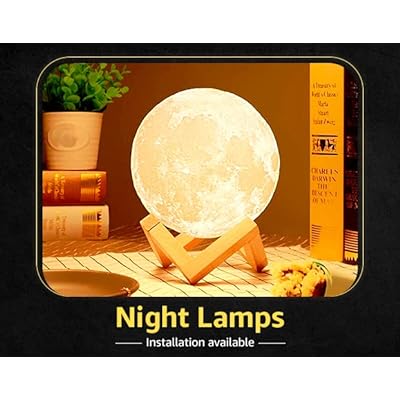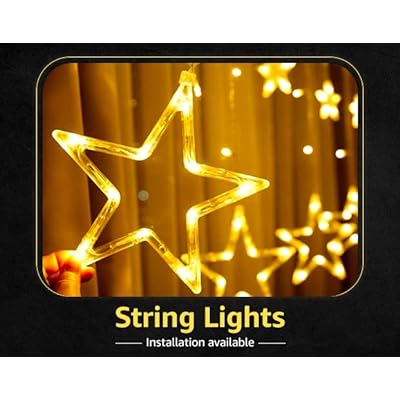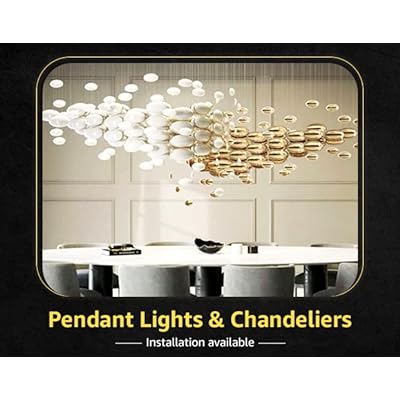Introduction
LED Solutions Light Plays An Important Role In Our Daily Lives, Shaping Our Environment And Enhancing Our Experiences. Over The Past Few Years, Lighting Technology Has Seen Remarkable Advances, With LED Solutions Emerging At The Forefront Of The Quest For Brighter, Better And Smarter Lighting. This Article Highlights The Future Of Lighting By Exploring The Advancements, Benefits, Challenges And Innovations Associated With LED Solutions.
Development Of Lighting Technology
Traditional Lighting Methods
LED Solutions For Decades, Incandescent And Fluorescent Lights Dominated The Lighting Landscape. Although They Served Their Purpose, These Traditional Lighting Methods Were Not Without Their Limitations. They Consumed Large Amounts Of Energy, Had A Relatively Short Lifespan, And Caused Environmental Concerns Due To The Use Of Toxic Substances Such As Mercury In Fluorescent Bulbs.
The Emergence Of Leds
In Recent Years, Light Emitting Diode (LED) Technology Has Revolutionized The Lighting Industry. Leds Offer Myriad Benefits Over Traditional Lighting Solutions, Making Them Increasingly Popular In A Variety Of Applications.

Benefits Of LED Lighting Solutions
Energy Efficiency
The Most Important Advantage Of LED Lighting Is Its Remarkable Energy Efficiency. Leds Consume Significantly Less Energy Than Traditional Lighting Methods, Resulting In Significant Cost Savings And Reduced Carbon Emissions.
Live Long
Leds Are Known For Their Exceptional Longevity, With Many Fixtures Claiming A Lifespan Of 50,000 Hours Or More. This Longevity Translates Into Lower Maintenance Costs And Fewer Replacements, Making Leds A Cost-Effective Lighting Solution In The Long Run.
Environmental Effect
Unlike Fluorescent Bulbs, Which Contain Harmful Mercury, Leds Are Free Of Toxins, Making Them Eco-Friendly. Additionally, The Energy Efficiency Of Leds Helps Reduce Greenhouse Gas Emissions, Making The Planet Cleaner And Greener.
Innovation In LED Technology
Smart Lighting System
Advances In LED Technology Have Led To The Development Of Smart Lighting Systems, Which Offer Unprecedented Control And Customization Options. Smart Leds Can Be Controlled Remotely, Dimmed And Programmed To Adjust Color Temperature, Creating A Personalized Lighting Experience Tailored To Individual Preferences.
Color Tunability
Leds Offer Unique Color Tunability, Allowing Users To Adjust The Color Temperature Of Their Lighting Fixtures To Suit Different Settings And Activities. From Warm, Relaxing Colors For Cozy Evenings To Cool, Daylight Colors For Productive Workplaces, LED Lighting Can Seamlessly Adapt To Different Lighting Needs.
Internet Of Things (Iot) Integration
The Integration Of LED Lighting With The Internet Of Things (Iot) Has Opened Up A World Of Possibilities In Lighting Automation And Connectivity. Iot-Enabled LED Fixtures Can Communicate With Other Smart Devices, Sensors, And Applications, Enabling Seamless Integration With Smart Home And Building Automation Systems.

Applications Of LED Lighting
Residence Location
LED Lighting Has Become Increasingly Prevalent In Residential Settings Due To Its Energy Efficiency, Longevity, And Versatility. From Ambient Lighting In The Living Room To Task Lighting In Kitchens And Bathrooms, Leds Offer A Wide Range Of Options For Increasing Comfort And Functionality In Homes.
Commercial Buildings
In Commercial Buildings, LED Lighting Solutions Are Prized For Their Energy-Saving Potential And Aesthetic Appeal. From Office Spaces And Retail Stores To Hotels And Restaurants, Leds Are Changing The Way Businesses Illuminate Their Environments, Creating Visually Stunning Spaces While Reducing Operating Costs.
Outdoor Lighting
Leds Are Also Revolutionizing Outdoor Lighting, Providing Bright, Energy-Efficient Illumination For Streets, Parking Lots, Parks And Architectural Landmarks. LED Streetlights, In Particular, Provide Better Visibility And Safety While Reducing Light Pollution And Energy Consumption.
Challenges And Solutions
Initial Cost
While The Upfront Cost Of LED Fixtures Can Be Higher Than Traditional Lighting Options, The Long-Term Savings In Energy Costs And Maintenance Often Outweigh The Initial Investment. Additionally, Rebates And Incentives Offered By Governments And Utilities Can Help Reduce The Cost Of Converting To LED Lighting.
Quality Control
As The Demand For LED Lighting Continues To Grow, It Has Become Paramount To Ensure Quality Control And Standardization Among Manufacturers. Industry Standards And Certifications Play A Vital Role In Maintaining The Quality And Performance Of LED Products, Giving Consumers Peace Of Mind And Confidence In Their Purchases.
Public Awareness
Despite The Numerous Benefits Of LED Lighting, Public Awareness And Understanding Of The Technology Is Relatively Low. Education And Outreach Efforts Are Essential To Highlight The Benefits Of Leds And Address Common Misconceptions Such As Concerns About Color Quality And Flicker.

Future Trends In LED Lighting
Shortening
Advances In LED Technology Are Promoting Miniaturization, Allowing The Development Of Smaller, More Efficient Lighting Fixtures. Miniature Leds Are Opening Up New Possibilities In Lighting Design, Enabling Innovative Applications Such As Flexible Displays, Wearable Electronics And Integrated Lighting Solutions.
Increased Efficiency
Continued Research And Development Efforts Are Focused On Improving The Efficiency Of Leds, Reducing Energy Consumption, And Enhancing Performance. Innovations In Materials, Design And Manufacturing Processes Are Driving Increases In Efficiency, Making Leds Even More Attractive For A Wide Range Of Applications.
Enhanced Connectivity
The Future Of LED Lighting Lies In Improved Connectivity And Interoperability, Enabling Seamless Integration With Smart Systems And Iot Platforms. From Interconnected Lighting Networks In Smart Cities To Personalized Lighting Experiences In Smart Homes, Connected Leds Are Set To Change The Way We Light Our World.
Conclusion
As We Look Toward The Future Of Lighting, One Thing Is Clear: LED Solutions Are Leading The Way To A Brighter, Better, And Smarter Tomorrow. With Their Unmatched Energy Efficiency, Longevity And Versatility, Leds Are Revolutionizing The Way We Light Homes, Businesses And Outdoor Spaces. As Technology Continues To Evolve And Innovate, The Potential For LED Lighting To Shape Our Environment And Improve Our Lives Is Truly Limitless.
Questions To Ask
Are LED Lights More Expensive Than Traditional Bulbs?
The Upfront Cost Of LED Lights May Be High, But Their Long-Term Energy Savings And Longevity Often Make Them More Cost-Effective In The Long Run.
Do LED Lights Emit Harmful Radiation?
No, LED Lights Do Not Emit Harmful Ultraviolet (UV) Or Infrared (IR) Radiation, Making Them Safe For Use Indoors.
Can LED Lights Be Used Outside?
Yes, LED Lights Are Suitable For Outdoor Applications, Providing Bright, Energy-Efficient Illumination For Streets, Parks And Architectural Sites.
Is It Difficult To Install A Smart LED Lighting System?
Smart LED Lighting Systems Are Designed To Be User-Friendly And Easy To Install, Often Requiring Only A Wi-Fi Connection And A Smartphone App For Setup And Control.
Do LED Lights Flicker Like Fluorescent Bulbs?
No, LED Lights Do Not Flicker Like Fluorescent Bulbs, Providing Consistent And Steady Illumination Without The Annoying Flicker Effect.
